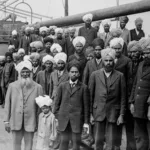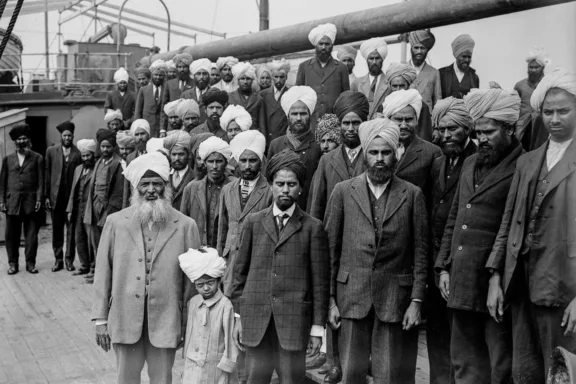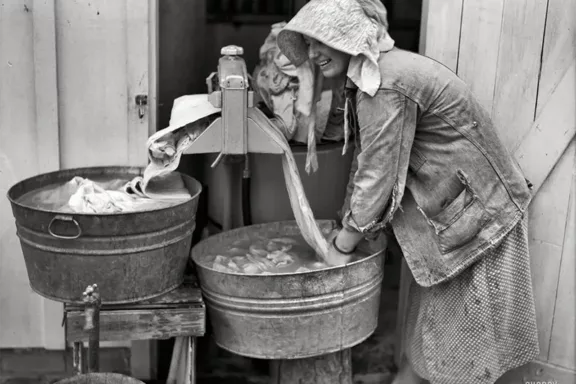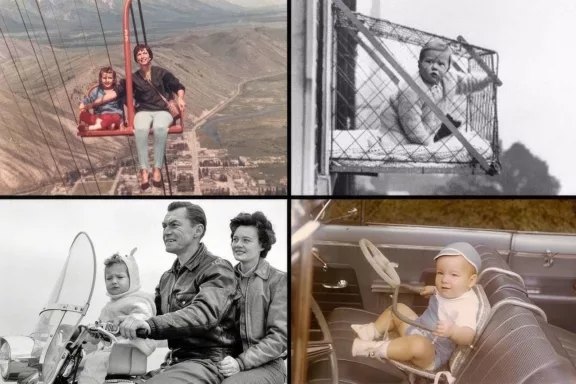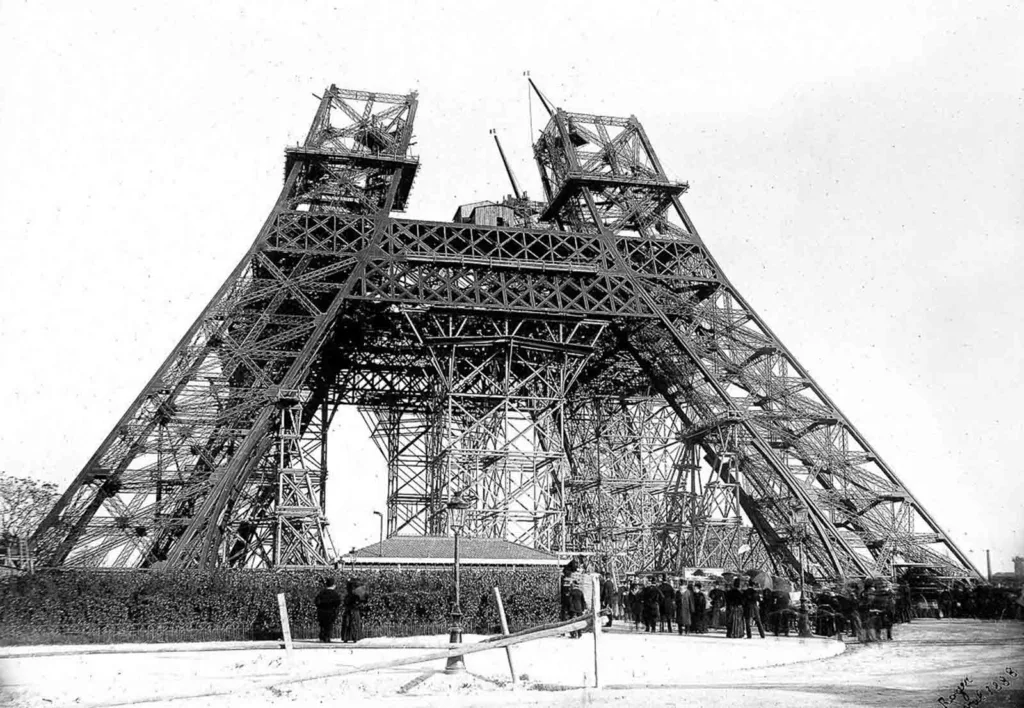
In 1889, Paris had a big event called the World’s Fair to celebrate 100 years since the French Revolution. Over 100 artists made plans for a big monument to be the entrance of this event, which would be built in a park called Champ-de-Mars in the middle of Paris.
A company called Eiffel et Compagnie, owned by Alexandre-Gustave Eiffel, won the job to build this monument. Even though people often credit Eiffel alone for the tower, it was actually one of his workers named Maurice Koechlin who came up with the idea and worked on it.
They started putting the parts of the tower together on July 1, 1887, and finished it 22 months later. All the pieces for the tower were made in Eiffel’s factory outside Paris, with each piece being carefully designed and put together to make the tower, which is around five meters each.
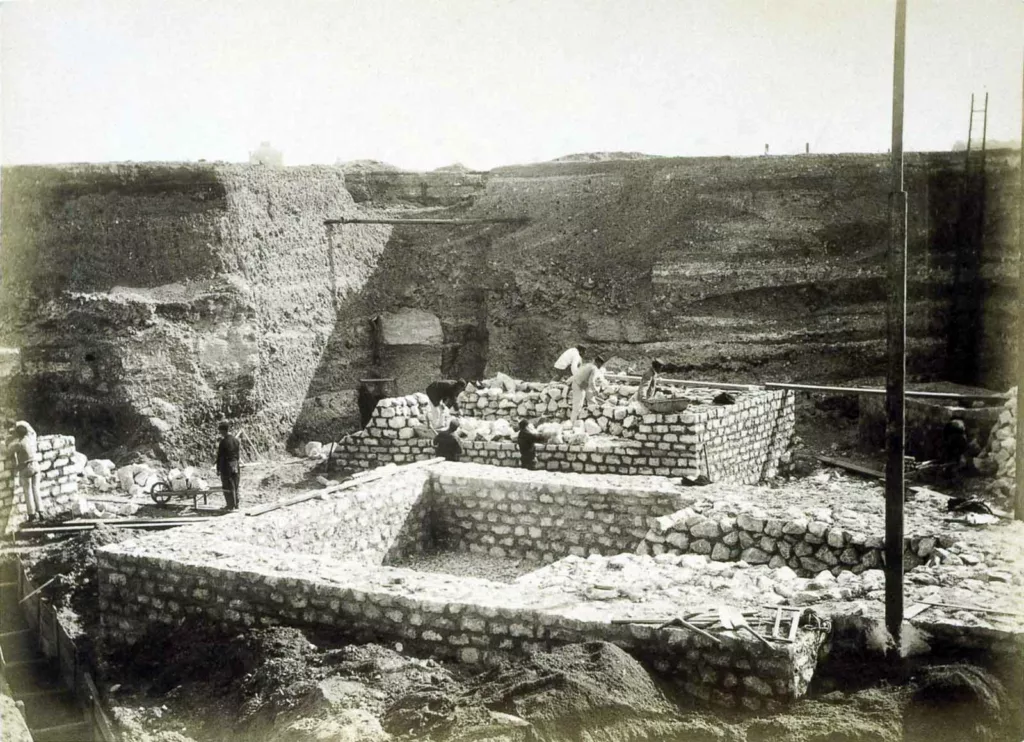
A group of builders, who had experience with big metal bridge projects, managed the 150 to 300 workers at the construction site, putting together this huge set of metal pieces.
They used rivets, a common way to join metal pieces back then, to hold all the parts of the tower together. At first, they used bolts in the factory to assemble the pieces, but later they replaced them with rivets. Rivets were heated up and then cooled down, which made them shrink and fit tightly.
It took a team of four people to put in each rivet: one to heat it, one to hold it, one to shape it, and one to hit it with a hammer. Only a third of the 2,500,000 rivets used for the tower were put in at the construction site directly.

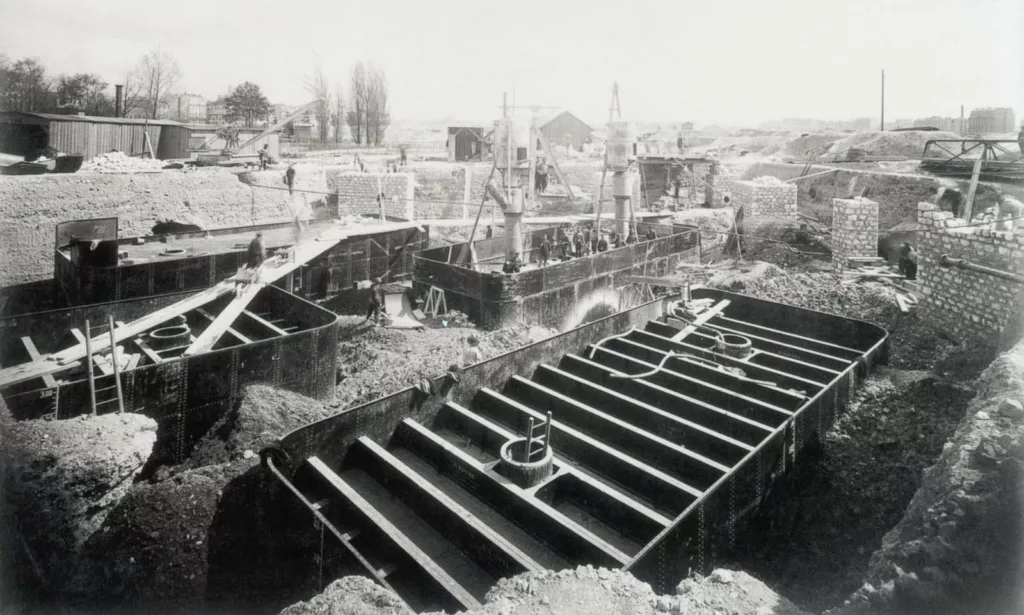
The main parts of the tower sit on concrete bases buried a few meters below the ground, on top of a layer of packed gravel. Each corner sits on its own block, which gets pressure from 3 to 4 kilograms per square centimeter. These blocks are connected by walls.
On the side facing the Seine River, they used special metal boxes that kept out water. They pumped in air to let workers work below the water level.
To build the tower, they used wooden platforms and small cranes attached to the tower itself. They first put together the bottom level using twelve temporary platforms, each 30 meters high, and then four larger platforms, each 40 meters high.
They used “sandboxes” and hydraulic jacks, which were later replaced by permanent wedges, to make sure the metal parts were positioned accurately, to within a millimeter. It took five months to build the bases and twenty-one months to finish putting all the metal pieces of the tower together.
On March 31, 1889, Eiffel celebrated finishing the main part of the tower’s construction by leading a group of reporters and officials up the stairs to the top. When they reached the top, Eiffel raised a French flag, and there was a 25-gun salute.
Even though the tower wasn’t completely finished, especially the elevators and other facilities, it opened to the public nine days after the World’s Fair started on May 6th. But even without the elevators working, people loved it. Almost 30,000 visitors climbed the 1,710 steps to the top before the elevators started working on May 26th.

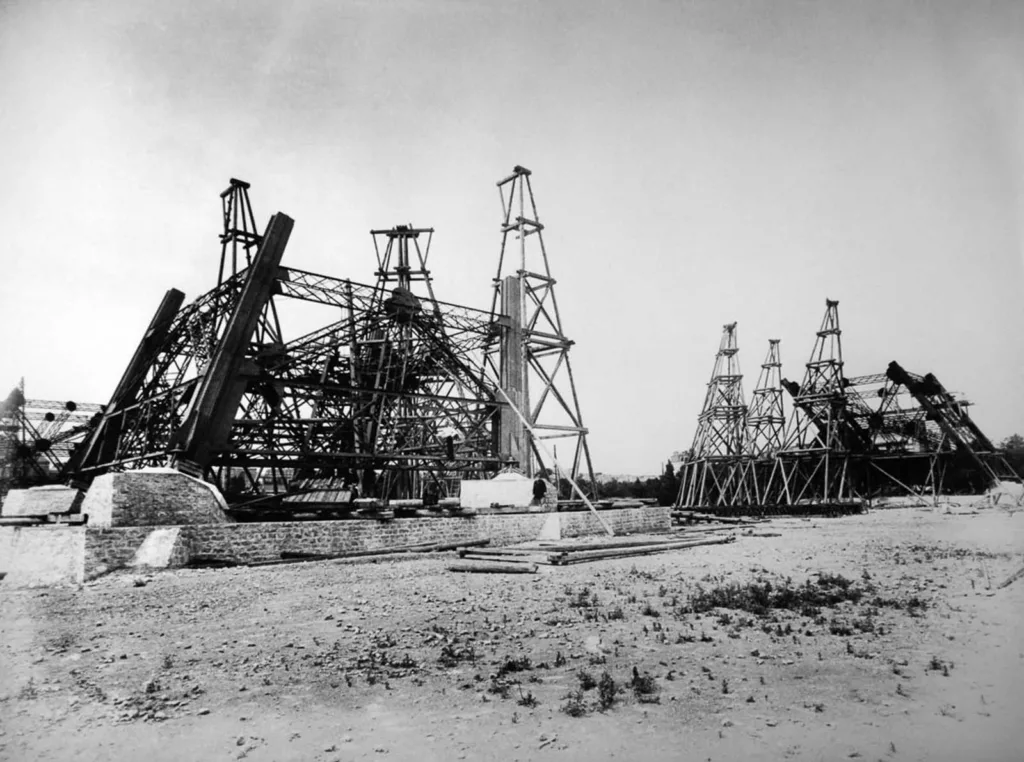
Millions of people who visited Paris during and after the World’s Fair were amazed by the new tower that had been built. But not everyone in Paris liked it. Some people were worried that it might not be safe, while others just didn’t like how it looked.
For instance, the writer Guy de Maupassant apparently disliked the tower so much that he would have lunch at the restaurant at the bottom of the tower. That way, he wouldn’t have to see it towering over him.
Eiffel originally had permission to keep the tower standing for 20 years, until 1909. After that, ownership of the tower would go back to the City of Paris, and they planned to take it apart. The original rules of the contest for designing the tower even said it should be easy to dismantle.
However, because the tower turned out to be really useful for communication, the city decided to let it stay even after the permit expired.
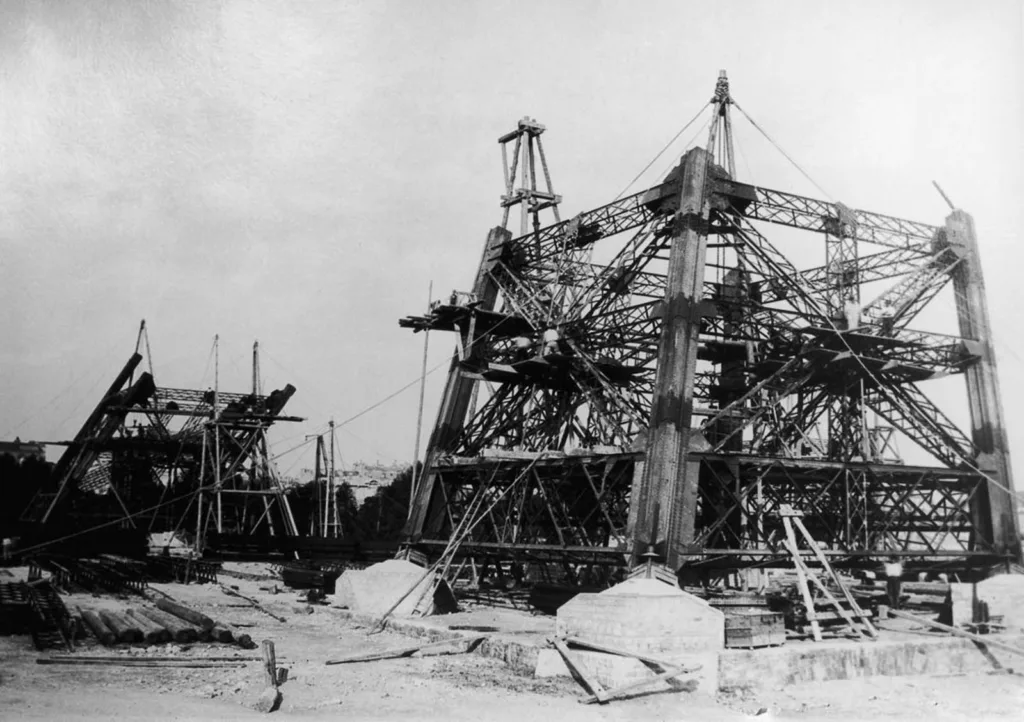
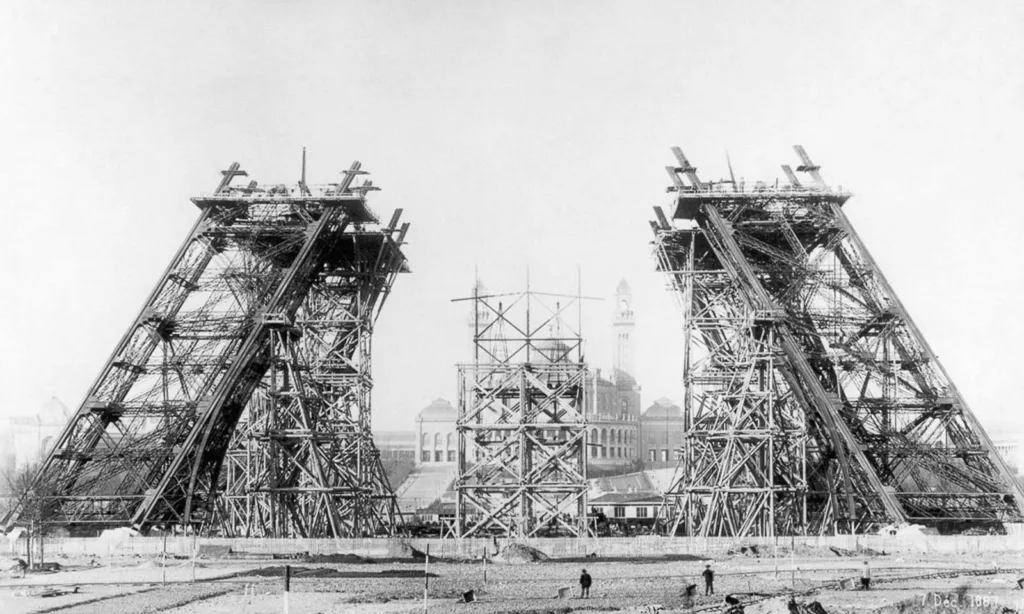
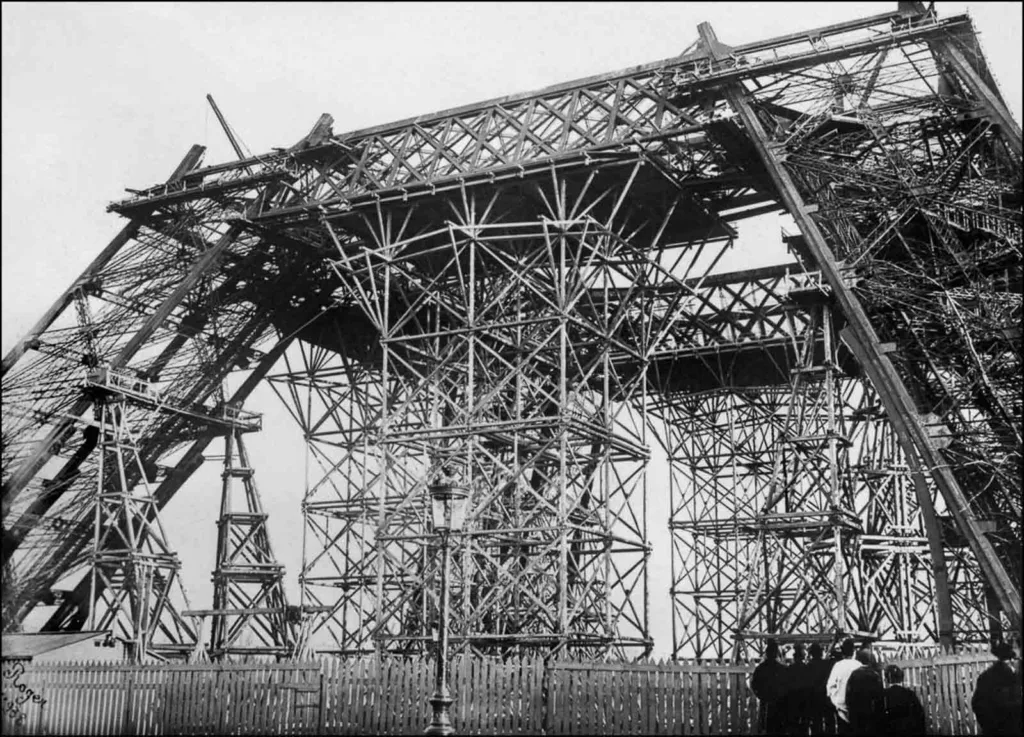
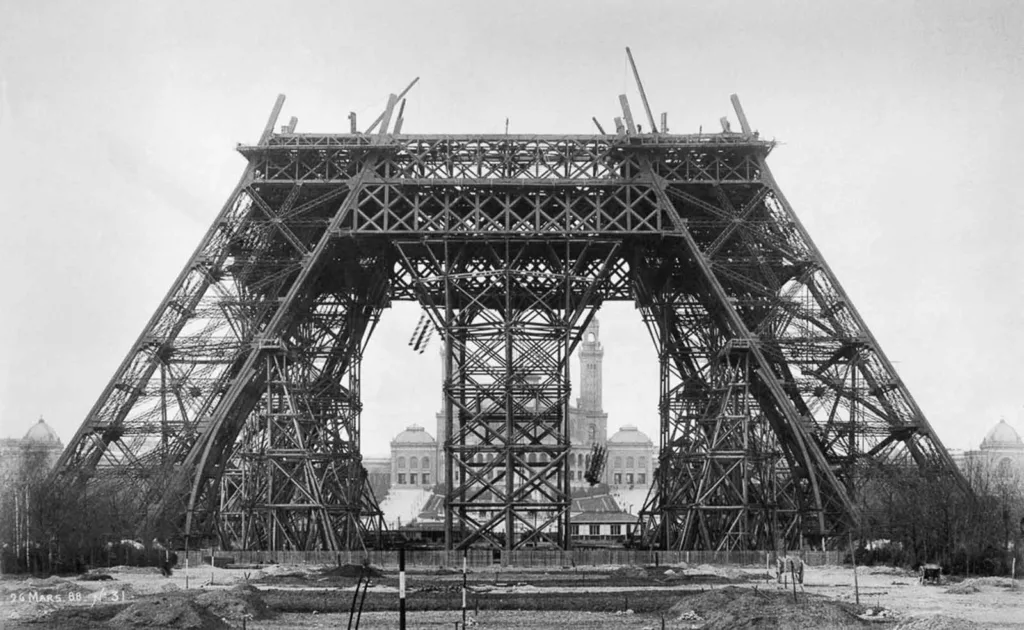
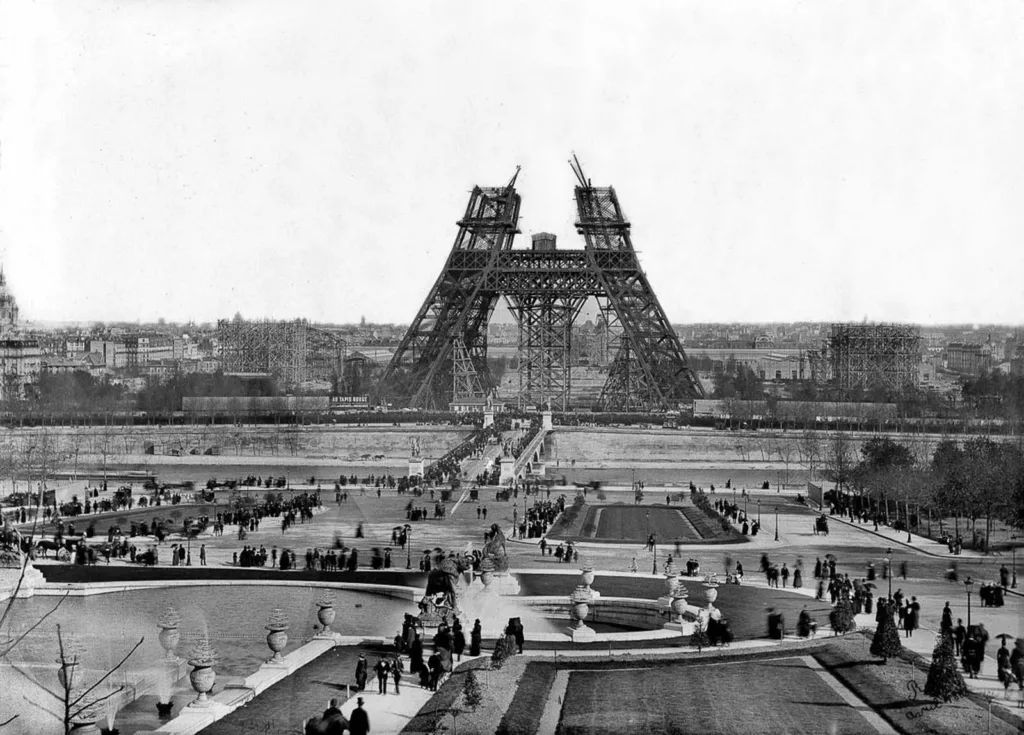
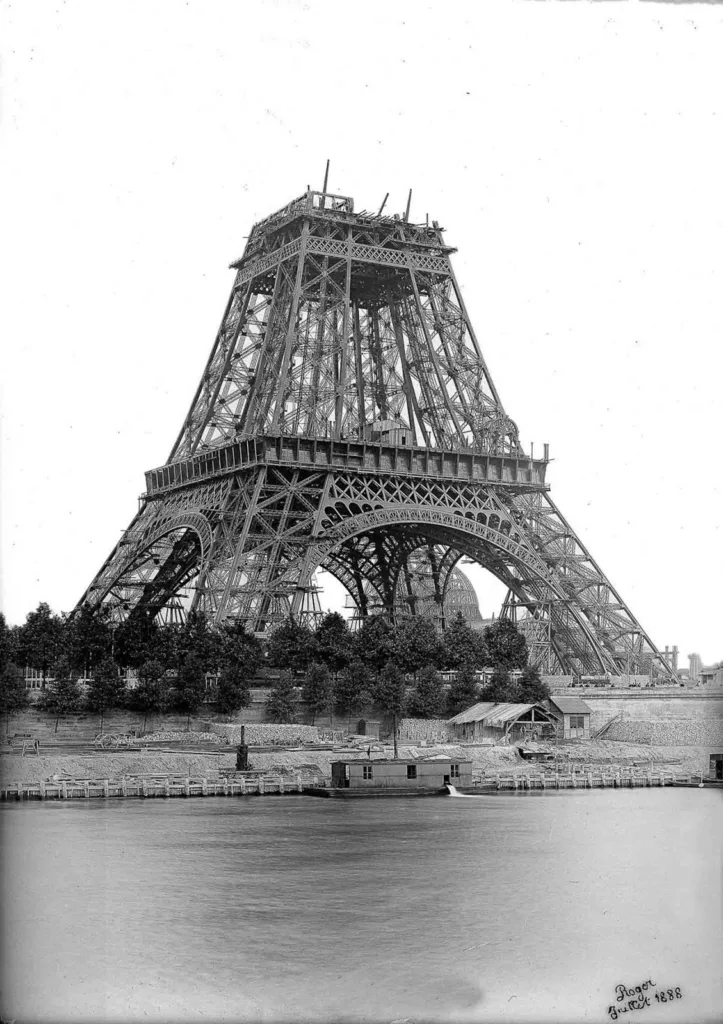

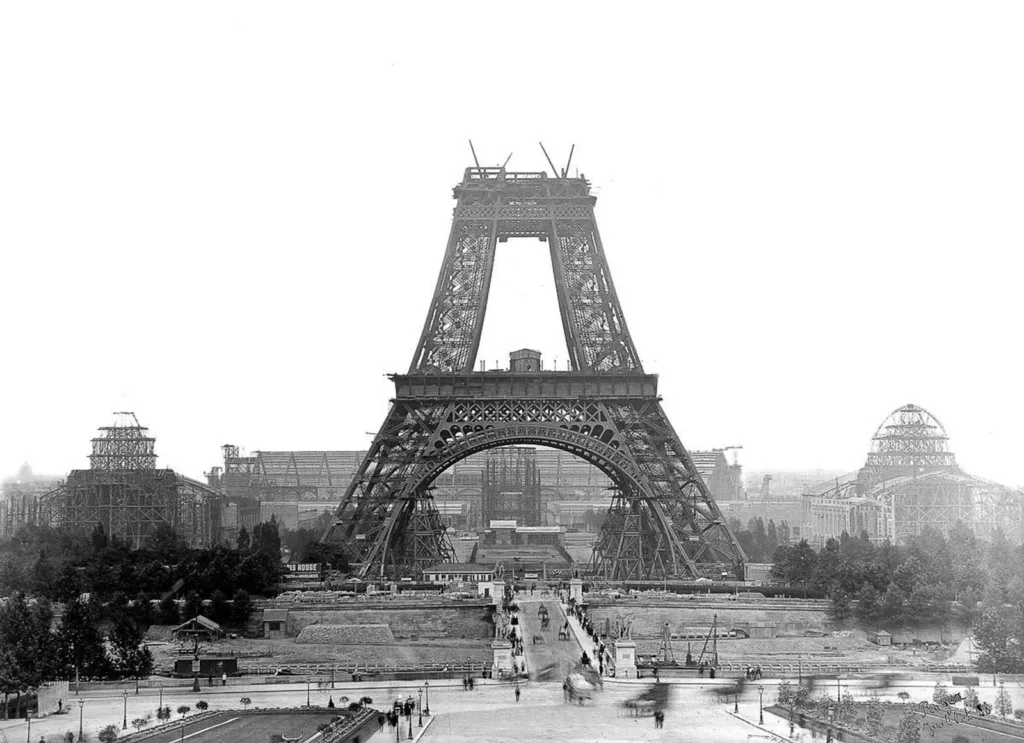
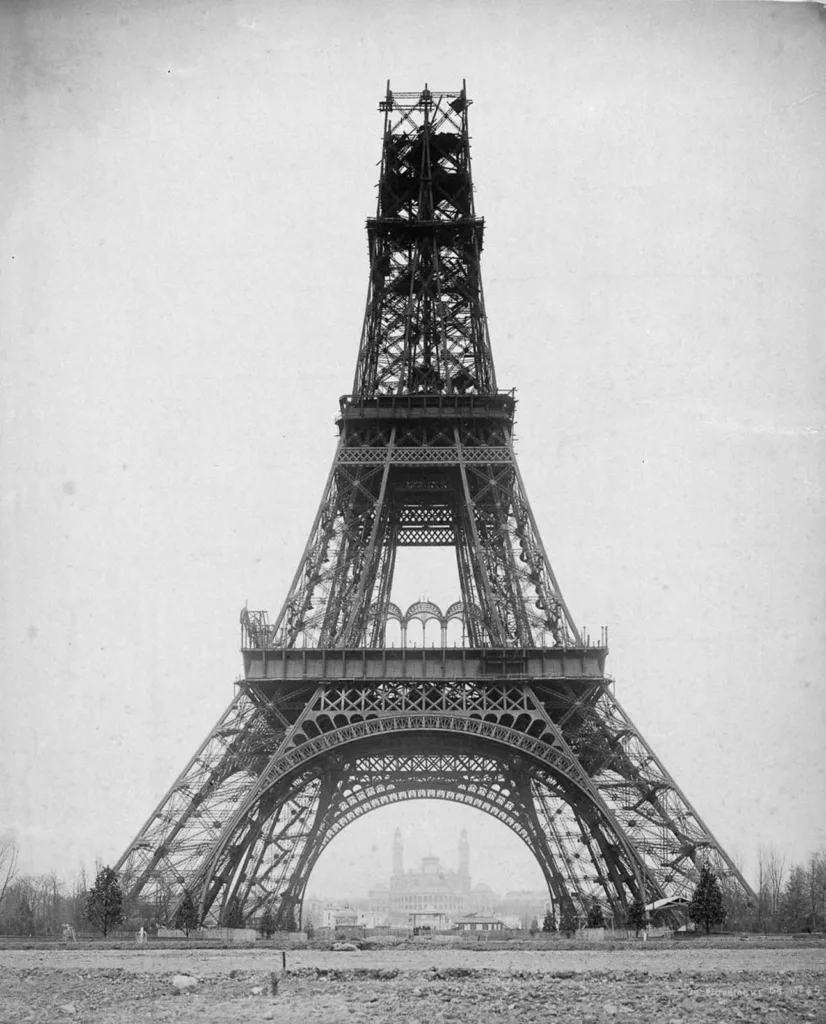
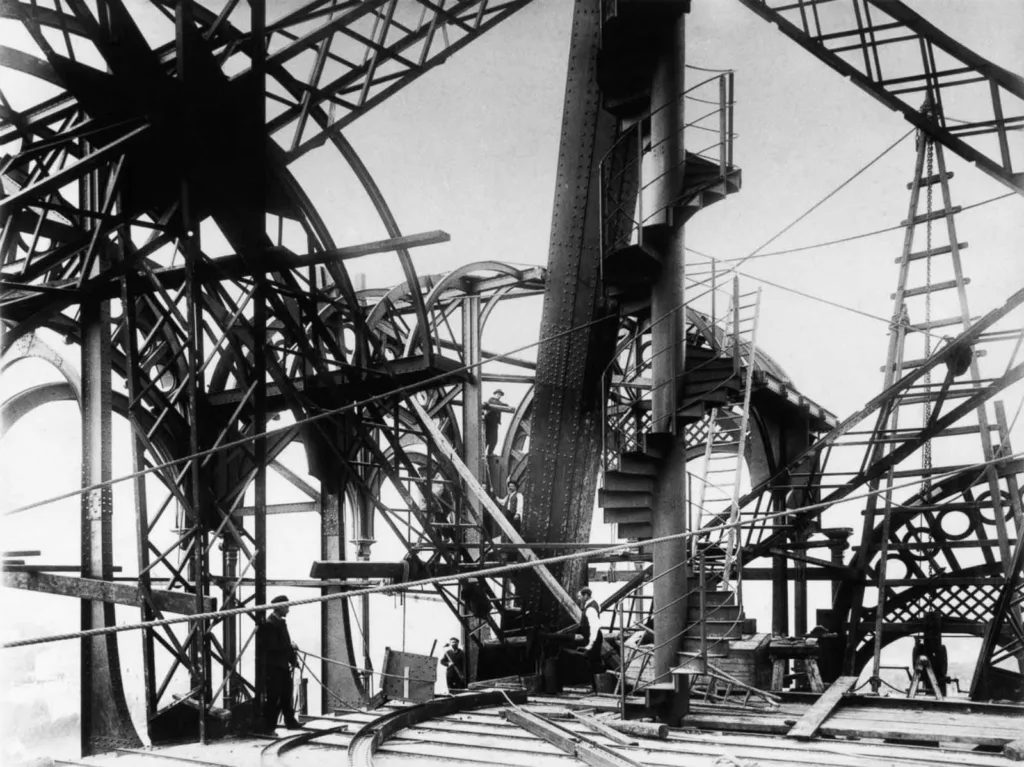
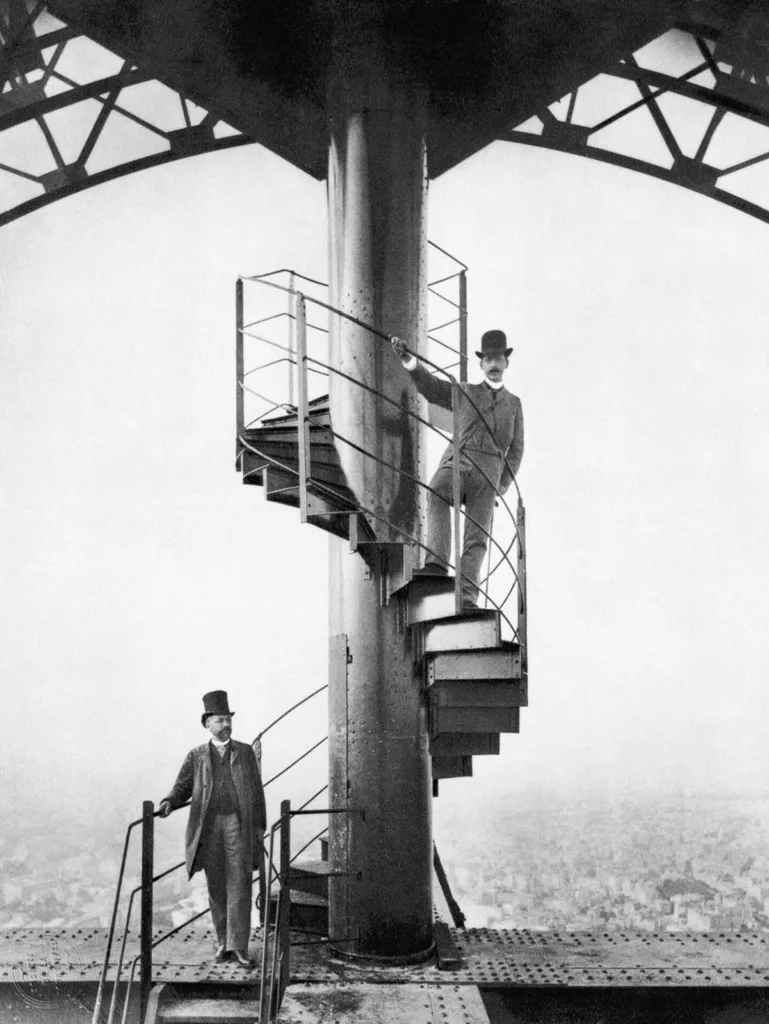
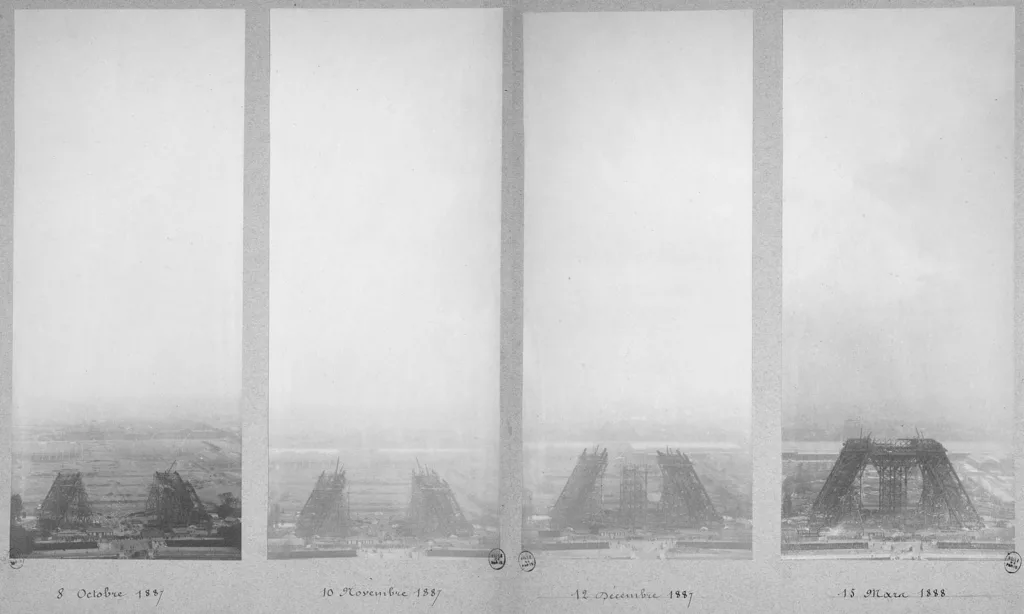

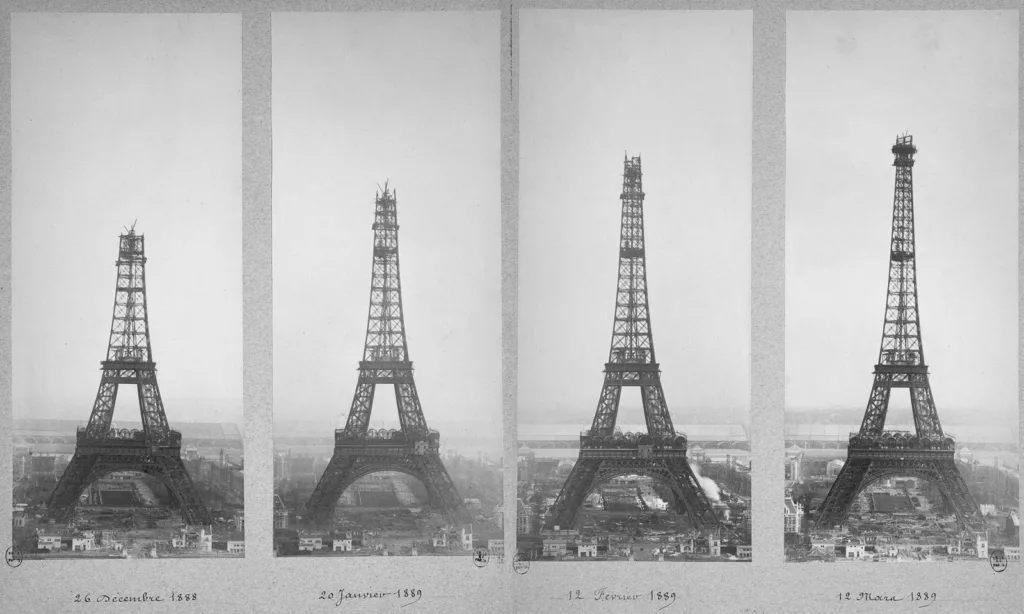
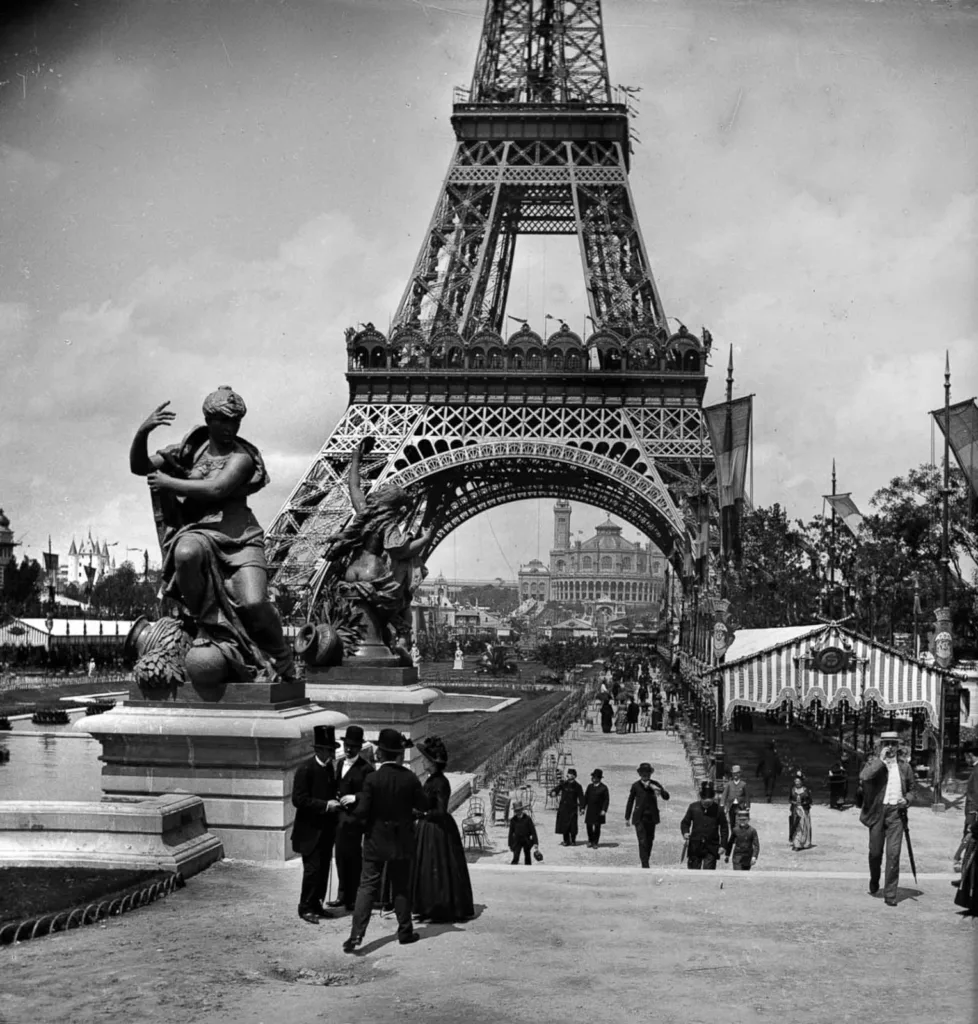
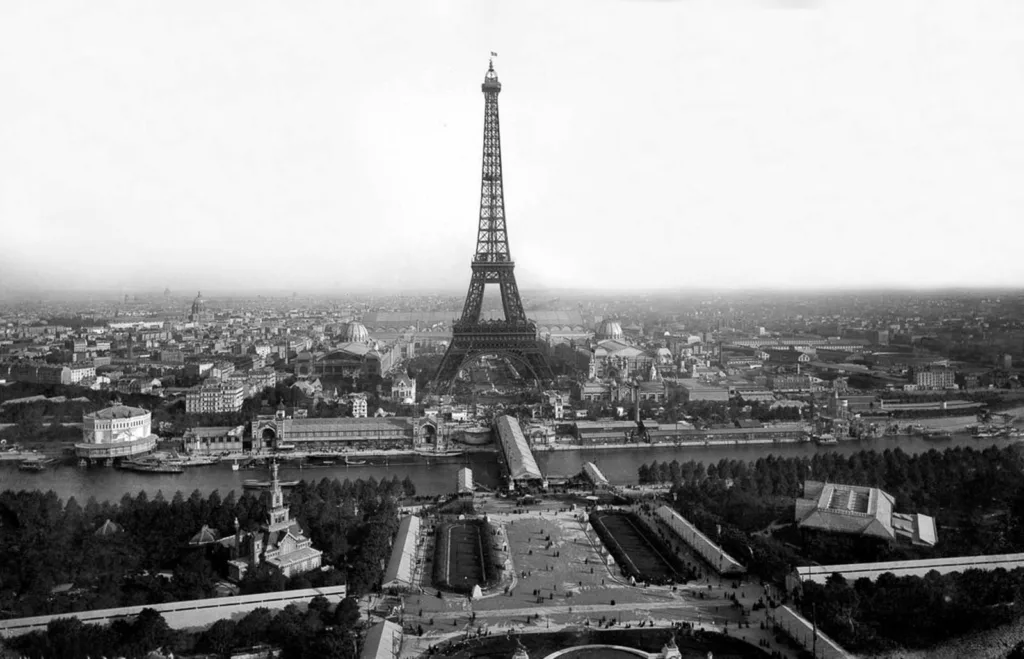
(Photo credit: National Archives of France / Library of Congress).




